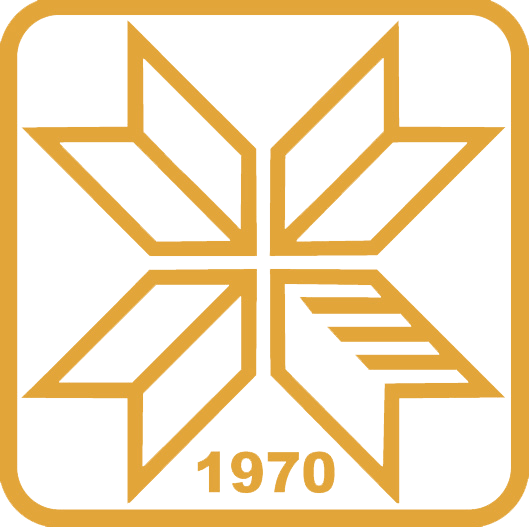Приказ основних података о документу
Safety time in critical gap of left turn manoeuvre from priority approach at TWSC unsignalized intersections
| dc.contributor.author | Tanackov, Ilija | |
| dc.contributor.author | Deretić, Nemanja | |
| dc.contributor.author | Bogdanović, Vuk | |
| dc.contributor.author | Ruškić, Nenad | |
| dc.contributor.author | Jović, Srđan | |
| dc.date.accessioned | 2022-09-22T11:09:34Z | |
| dc.date.available | 2022-09-22T11:09:34Z | |
| dc.date.issued | 2018-09 | |
| dc.identifier.citation | TR 36024 | en_US |
| dc.identifier.uri | https://platon.pr.ac.rs/handle/123456789/632 | |
| dc.description.abstract | Before the left turn manoeuvre from priority approach at TWSC unsignalized intersection, the driver estimates the interval occurring in the conflict flow and chooses the one which is most acceptable for him. The circumstances of subjective estimations of intervals are evident in differences between minimum accepted and maximum rejected interval. The time required for evaluation of acceptable interval is presented by the service waiting time of vehicles at an intersection. With the appearance of an acceptable interval, service waiting time for vehicle ends, and then starts a time for performance of the left turn manoeuvre. Left turn manoeuvre involves the crossing of turning vehicles across traffic lane of conflict traffic flow. In the case of bad subjective assessment, it is possible a conflict between vehicles at an unsignalized intersection. Left turn manoeuvre is performed in a interval between vehicles of conflict flow, and a decision about moment of starting left turn manoeuvre is subjective and based on an driver’s estimate that manoeuvre will be conducted in the interval before the arrival of the next vehicle from conflict flow. Correct subjective evaluation always reserves the safety time . The current models are based on the estimation of safety time . This paper presents development of a detailed mathematical procedure for calculation form of safety time . The mathematical procedure is based on the theory of probability. Measurements at unsignalized intersections had proven applicability of the proposed model, possibility of calculation subjective safety time and high participation of safety time in critical gap (about one third). The obtained results are highly consistent with HCM. | en_US |
| dc.language.iso | en_US | en_US |
| dc.publisher | PHYSICA A-STATISTICAL MECHANICS AND ITS APPLICATIONS | en_US |
| dc.rights | Ауторство-Некомерцијално-Без прерада 3.0 САД | * |
| dc.rights.uri | http://creativecommons.org/licenses/by-nc-nd/3.0/us/ | * |
| dc.title | Safety time in critical gap of left turn manoeuvre from priority approach at TWSC unsignalized intersections | en_US |
| dc.title.alternative | PHYSICA A-STATISTICAL MECHANICS AND ITS APPLICATIONS | en_US |
| dc.type | clanak-u-casopisu | en_US |
| dc.description.version | publishedVersion | en_US |
| dc.identifier.doi | 10.1016/j.physa.2018.04.043 | |
| dc.citation.volume | 505 | |
| dc.subject.keywords | Applied probability | en_US |
| dc.subject.keywords | Critical interval | en_US |
| dc.subject.keywords | Driver behaviour | en_US |
| dc.type.mCategory | M21 | en_US |
| dc.type.mCategory | openAccess | en_US |
| dc.type.mCategory | M21 | en_US |
| dc.type.mCategory | openAccess | en_US |

